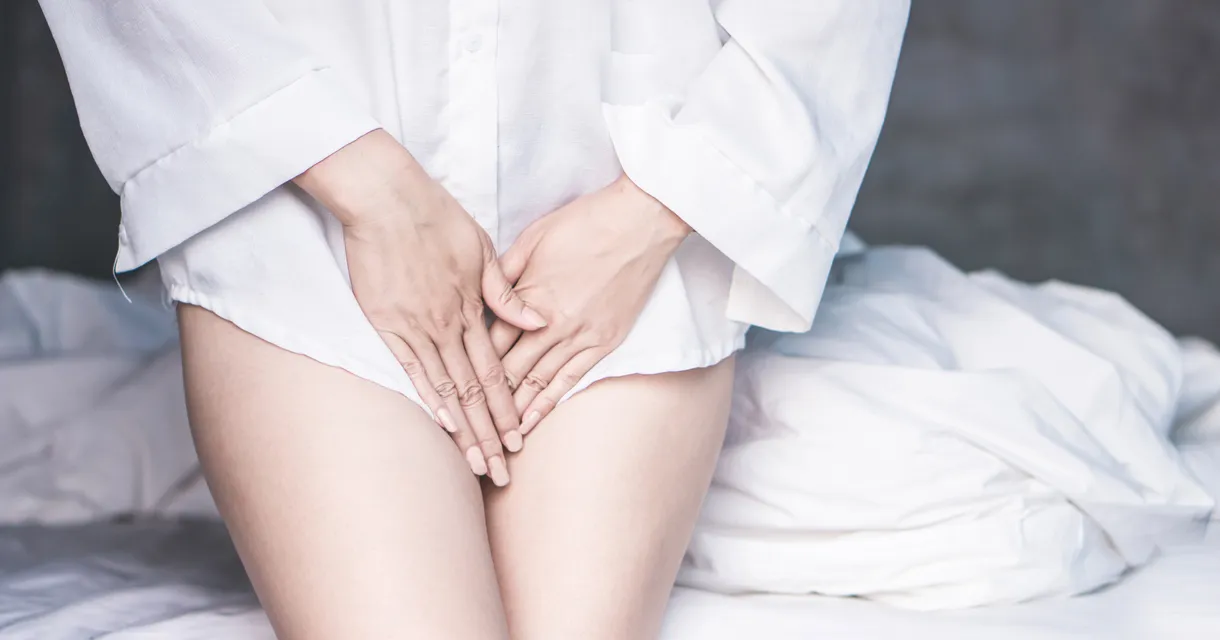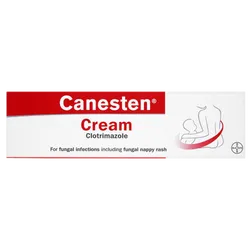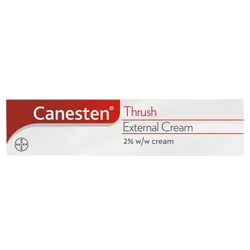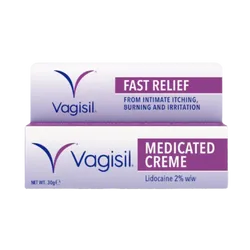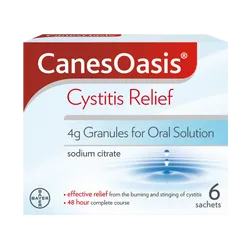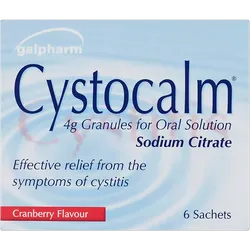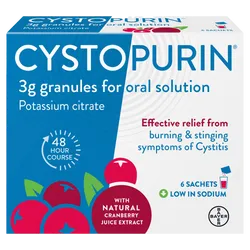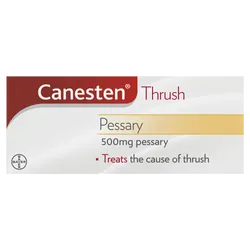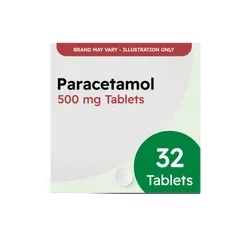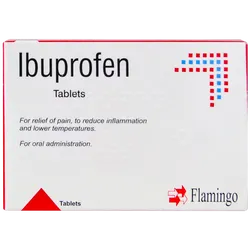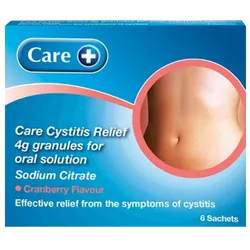As a pharmacist, I often see women coming in feeling uncomfortable, sore, or confused about symptoms "down there." Two of the most common culprits are vaginal thrush and cystitis, but because they share some overlapping symptoms, it can be hard to tell them apart. Understanding the difference is key to choosing the right treatment—and feeling better, faster.
Here's a summary of what to look out for with each condition.
What Is Vaginal Thrush?
Vaginal thrush is a yeast infection caused by an overgrowth of Candida albicans, a fungus that normally lives harmlessly on the skin and inside the body.
Common symptoms:
- Itching, irritation or soreness around the vagina
- Thick, white discharge (often described as “cottage cheese-like”) with little or no smell
- Pain or discomfort during sex or when peeing
- Redness or swelling around the vulva
Thrush is very common—about 3 out of 4 women will have it at some point. Although it's not a Sexually Transmitted Infection (STI), Thrush can be transferred to a partner, so if you have a regular partner it's a good idea to treat both of you.
What Is Cystitis?
Cystitis is a type of urinary tract infection (UTI) where the bladder becomes inflamed, usually due to bacteria (most commonly E. coli).
Common symptoms:
- Burning or stinging pain when peeing
- Needing to pee more often or urgently
- Cloudy, dark or strong-smelling urine
- Lower tummy pain or pressure
- Feeling generally unwell or tired
Unlike thrush, cystitis affects the bladder, not the vagina—though the discomfort can feel similar at first.
Key Differences
| Symptom | Vaginal Thrush | Cystitis |
|---|---|---|
| Itching | ✔️ Common | ❌ Rare |
| Discharge | ✔️ Thick, white | ❌ Rare (unless another infection is present) |
| Burning when peeing | ✔️ Sometimes | ✔️ Often |
| Needing to pee more | ❌ No | ✔️ Yes |
| Lower abdominal pain | ❌ Uncommon | ✔️ Common |
| Soreness/redness around vulva | ✔️ Yes | ❌ No |
If you’re still unsure, speak to a pharmacist or GP—especially if symptoms are severe, persistent, or it’s your first time experiencing them.
Over-the-Counter Treatments
For Vaginal Thrush:
- Antifungal creams (e.g., clotrimazole): Applied to the affected area to relieve itching and soreness.
- Pessaries: Inserted into the vagina at night (e.g., clotrimazole 500mg) to treat the infection at the source.
- Oral capsules: A single dose of fluconazole can clear up the infection from within.
Most women only need one form of treatment, but a combination (e.g. cream + capsule) can be used if symptoms are more severe.
You can find Thrush treatments here
For Cystitis:
- Cystitis relief sachets (e.g., sodium citrate or potassium citrate): These help neutralise the acidity of urine and relieve burning pain.
- Pain relief: Paracetamol or ibuprofen can help with discomfort and fever (if present).
- Hydration: Drink plenty of water to flush out bacteria.
If symptoms don’t start to improve after 2–3 days or get worse, you may need antibiotics from your GP.
You can find Cystitis treatments here
Cystitis will often go on its own but, some infections may need an antibiotic to help clear it up.
Through the free NHS Pharmacy First service our expert pharmacy teams will assess and can supply treatments for UTI's in women between 16 and 64 including antibiotics where these are needed.
Find out more here Urinary Tract Infection (UTI) Treatment Service
Not all over the counter medicines are suitable for everyone, if you take other medication, have other medical conditions or aren't sure about your symptoms, speak to one of our Pharmacists.
How to Help Prevent Recurrence
To reduce your risk of vaginal thrush:
- Avoid using scented soaps, bubble baths or vaginal douches
- Wear breathable cotton underwear and avoid tight clothing
- Change out of wet clothes (like swimsuits or gym wear) promptly
- Avoid overuse of antibiotics unless prescribed—these can disrupt natural balance
To reduce your risk of cystitis:
- Wipe from front to back after using the toilet
- Urinate after sex to flush out any bacteria
- Stay hydrated and don’t "hold it in" for long periods
- Avoid using harsh soaps or intimate sprays around the genitals
When to See a Doctor
- You keep getting either condition (more than twice in 6 months)
- You have symptoms that don’t improve after OTC treatment
- You see blood in your urine
- You’re pregnant or have underlying health conditions
Final Thoughts
Both vaginal thrush and cystitis are common and treatable, but they require different approaches. If you’re ever unsure, don’t hesitate to pop into your local Weldricks pharmacy—we’re trained to help guide you to the right treatment, or point you to further help if needed.
